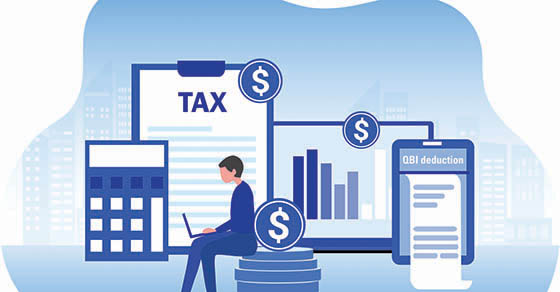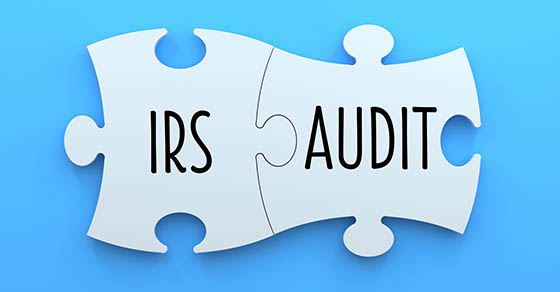If you own a business, you may wonder if you’re eligible to take the qualified business income (QBI) deduction. Sometimes this is referred to as the pass-through deduction or the Section 199A deduction.
The QBI deduction is:
- Available to owners of sole proprietorships, single member limited liability companies (LLCs), partnerships, and S corporations, as well as trusts and estates.
- Intended to reduce the tax rate on QBI to a rate that’s closer to the corporate tax rate.
- Taken “below the line.” In other words, it reduces your taxable income but not your adjusted gross income.
- Available regardless of whether you itemize deductions or take the standard deduction.
Taxpayers other than corporations may be entitled to a deduction of up to 20% of their QBI. For 2022, if taxable income exceeds $170,050 for single taxpayers, or $340,100 for a married couple filing jointly, the QBI deduction may be limited based on different scenarios. For 2023, these amounts are $182,100 and $364,200, respectively.
The situations in which the QBI deduction may be limited include whether the taxpayer is engaged in a service-type of trade or business (such as law, accounting, health or consulting), the amount of W-2 wages paid by the trade or business, and/or the unadjusted basis of qualified property (such as machinery and equipment) held by the trade or business. The limitations are phased in.
Year-end planning tip
Some taxpayers may be able to achieve significant savings with respect to this deduction (or be subject to a smaller phaseout of the deduction), by deferring income or accelerating deductions at year-end so that they come under the dollar thresholds for 2022. Depending on your business model, you also may be able to increase the deduction by increasing W-2 wages before year-end. The rules are quite complex, so contact us with questions and consult with us before taking the next steps.











